י״ג תמוז ה׳תשפ״ד | July 18, 2024
‘Schneerson! We Have Guests’: How the Arrest Apartment Returned to Chabad
After close to 100 years that the Frierdiker Rebbe‘s Leningrad apartment lay in foreign hands, Julien Cohen, researched government archival files and diaries of chassidim to pinpoint and purchase the apartment where the Frierdiker Rebbe lived, was arrested, and returned to when he was liberated.
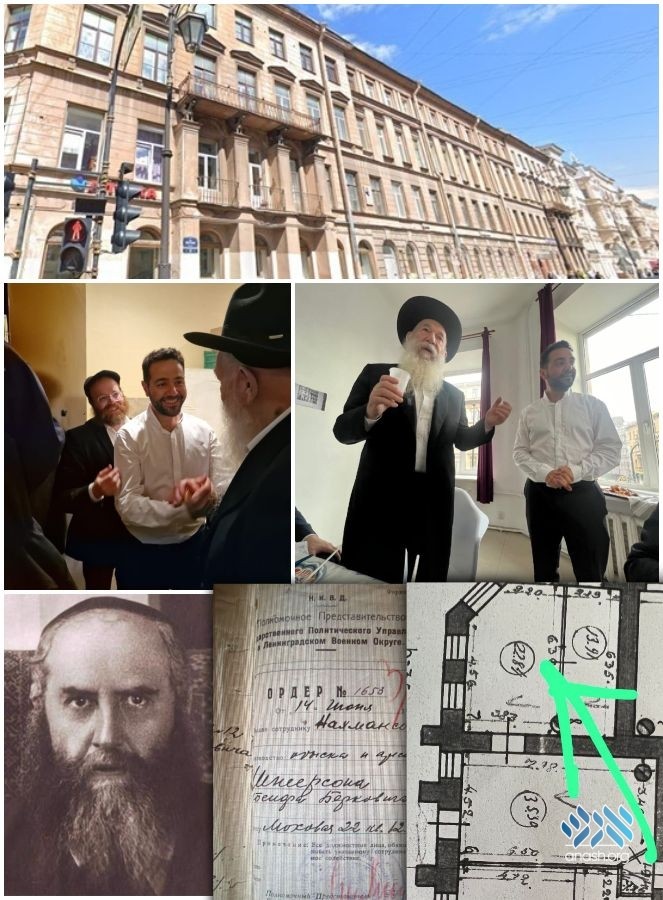
After close to 100 years that the Frierdiker Rebbe’s Leningrad apartment lay in foreign hands, Julien Cohen, researched government archival files and diaries of chassidim to pinpoint and purchase the apartment where the Frierdiker Rebbe lived, was arrested, and returned to when he was liberated.
By Anash.org reporter
On the 15th of Sivan, 5687 (1927), the Frierdiker Rebbe was arrested by the Soviet regime, accused of ‘counter-revolutionary activities.’ He was apprehended after midnight, from his apartment at Machovaya 22 in Leningrad, now called Petersburg.
Amidst the arrest, our Rebbe, then engaged to Rebbetzin Chaya Mushka, was on his way to the Frierdiker Rebbe’s apartment. The Rebbetzin, whispered to him loudly from the window, “Schneerson! We have guests!” With that information, the Rebbe was spared and hurried to notify chassidim who might have incriminating documents.
For almost 100 years, the apartment which was used by the Frierdiker Rebbe for three years for tefilos, farbrengens, and yechidus, was inhabited by local non-Jews. In recent years, the apartment was identified, and chassidim were able to go inside, even printing a Tanya there. But, last month, the apartment was purchased by a member of the Chabad community in Petersburg, transforming it back to a place for limud haTorah and chassidishe farbrengens.
Julien Cohen, a French Yid who lives in Petersburg, loves learning the Rebbe’s Likkutei Sichos and is passionate about the Frierdiker Rebbe. Incidentally, he is an engineering graduate from École Spéciale des Travaux Publics, the Paris University where the Rebbe studied engineering.
In honor of Yud Beis Tammuz, Anash.org spoke with Julien and heard from him how he managed to verify the apartment’s location and purchase it.
“The apartment came to me in the most miraculous and effortless way,” Julien shared, “all the factors were suddenly aligned. I often visited the building in the past, because I knew of the rich history that happened there, that the Frierdiker Rebbe lived there and was arrested from that apartment complex, though, at that time, I was not certain exactly which apartment belonged to the Frierdiker Rebbe.
“One time, while I was there, I met the building’s real estate agent. I told him that I was looking for a specific apartment, one that was owned by a very holy rabbi. A few months later, a realtor from the office called and said he knew I was looking for the apartment of a special rabbi, and that something came up that he wanted me to come see.”
We went to meet the seller who had done all the research to confirm the location of the Frierdiker Rebbe’s apartment. He had looked in the state archives and did all the necessary investigation so that he would buy it. All that was needed was to review the documents.
In the building archives in the government files, they found a map with a drawing from 1930 of all the apartments. There, apartment 12 – from which the Frierdiker Rebbe was arrested – later became apartment 10, and today it is numbered as apartment 67.
Part of the research in locating the apartment included using the testimony of Reb Mendel Morosow, the son of Reb Chonye Morosow, the Frierdiker Rebbe’s secretary. The memories he recalls of his visit when he was 12 years old and visiting the apartment include describing an outside door that enters directly into the apartment, locating the rooms of the Frierdiker Rebbe’s son-in-law, the Rashag who married the eldest daughter of the Frierdiker Rebbe, and the room of Rebbetzin Chaya Mushka, a room for yechidus and a davening room.
In Rabbi Morosow’s memories, he describes those rooms’ locations with precision but doesn’t say where was the Frierdiker Rebbe’s bedroom. According to his description, he seems to be entering from the “arche” arrowed part in the apartment diagram (below), in the yellow-encircled apartments. In that is so, then the apartment was very big – at least 800 square meters.
Another integral part of the information gathered came from Rabbi Elle Chaim Althaus. In his memoirs, he describes the outside in a way that precisely matches today’s apartment location. He describes the two streets, and writes how many windows of the apartment faced each street: seven windows on one, ten on the other, and one window that is centered on both streets. Not counting the balcony, it fits perfectly assuming that the whole area outlined in green on the diagram was the Frierdiker Rebbe’s apartment.
“I read through the memoirs of Rabbi Althaus and Rabbi Morosow,” Julien shared. “I looked through all the government archives, and also met with shliach Rabbi Ifrah Abramov of St. Petersburg who is the rabbi of the prisons and he checked all the information. I then went to the Chabad community and told them the apartment is for sale, but no one was ready to purchase it.
“In a huge hashgacha pratis, a woman contacted me needing to exchange a large number of Euros into Rubles. I therefore had the cash to purchase the apartment immediately, which I did in a 24-hour sale.”
One week later, on the anniversary of the Frierdiker Rebbe’s arrest, Julien held a grand farbrengen in the newly acquired apartment. Rabbi Yitzchak Kogan, known as ‘The Tzaddik of Leningrad’ for his years of Mesiras Nefesh in Leningrad under communism, flew in from Moscow to see the apartment and join the first farbrengen and minyan in the house after 97 years of silence.
When asked about his future plans, he is ambitious about the project.
“This year is the 97th anniversary of the arrest,” Julien says. “I hope to purchase the rest of the apartments and renovate them so I can make a historical museum documenting the arrest and liberation. I hope that for the 100th anniversary, it will be ready for a grand opening in honor.”
Since the farbrengen in the apartment on the anniversary of the arrest, a group of yeshiva bochurim flew in from Moscow to tour the site. Julien was able to share everything he knows and continues to learn more about the special home.

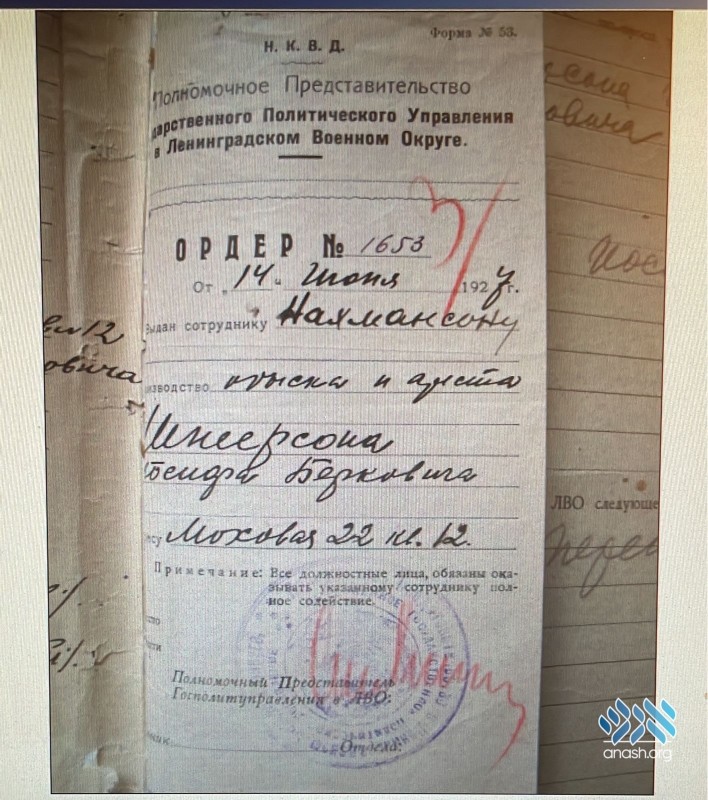


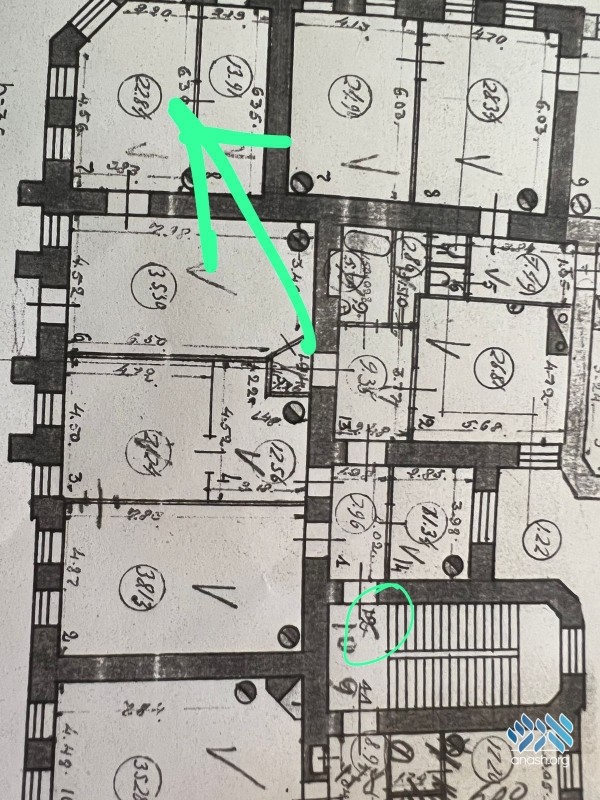
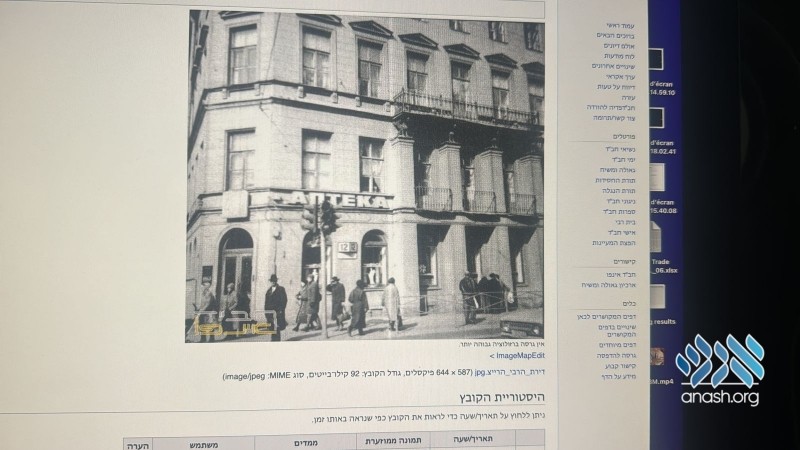
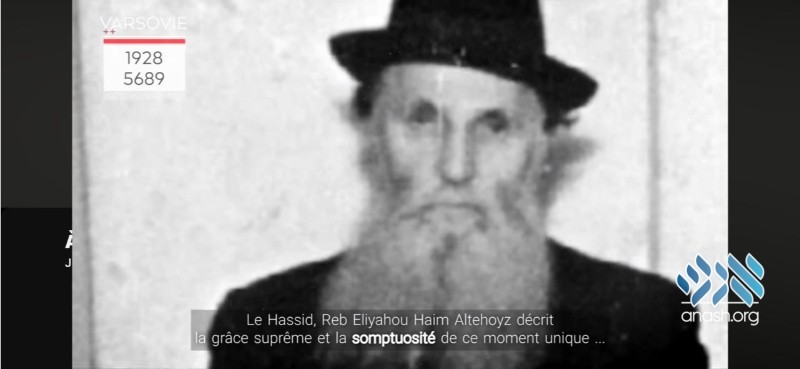

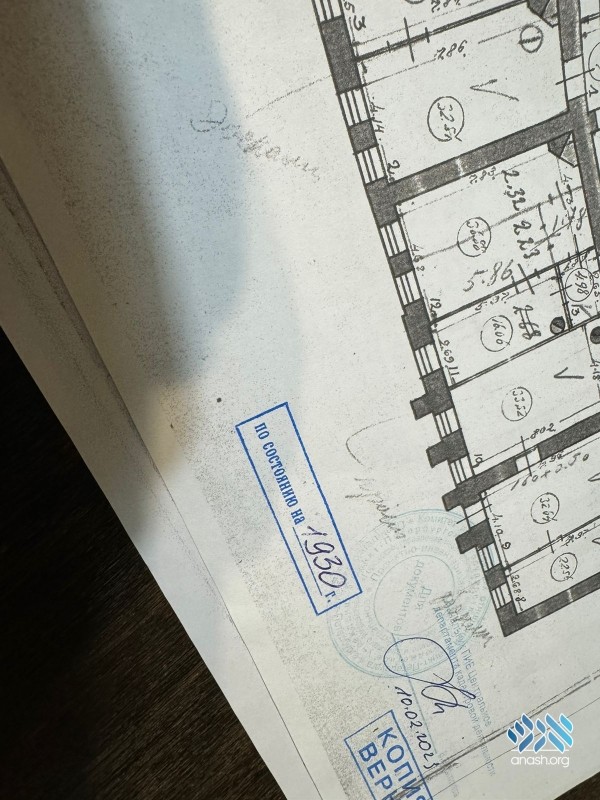
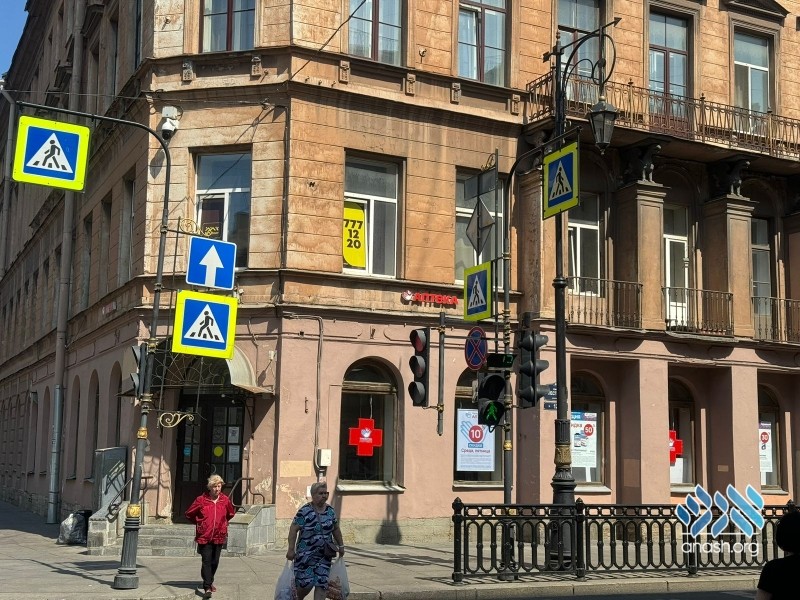

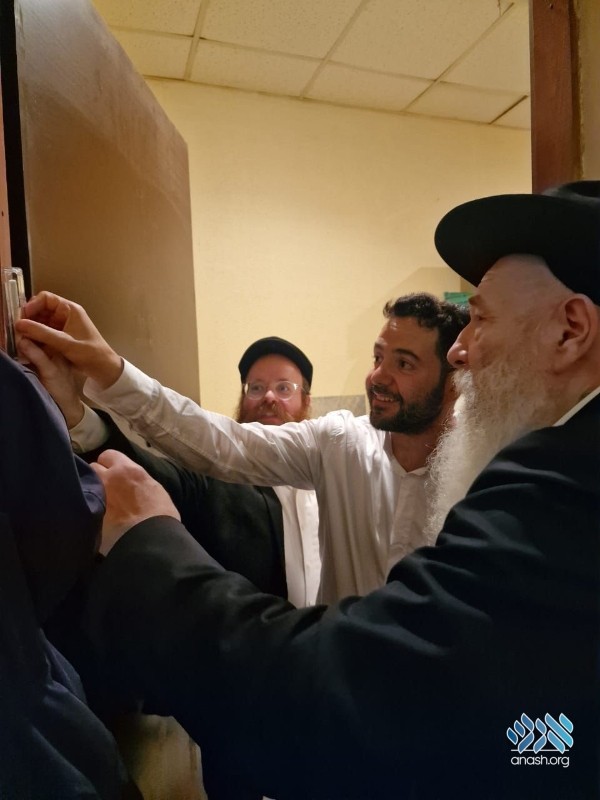
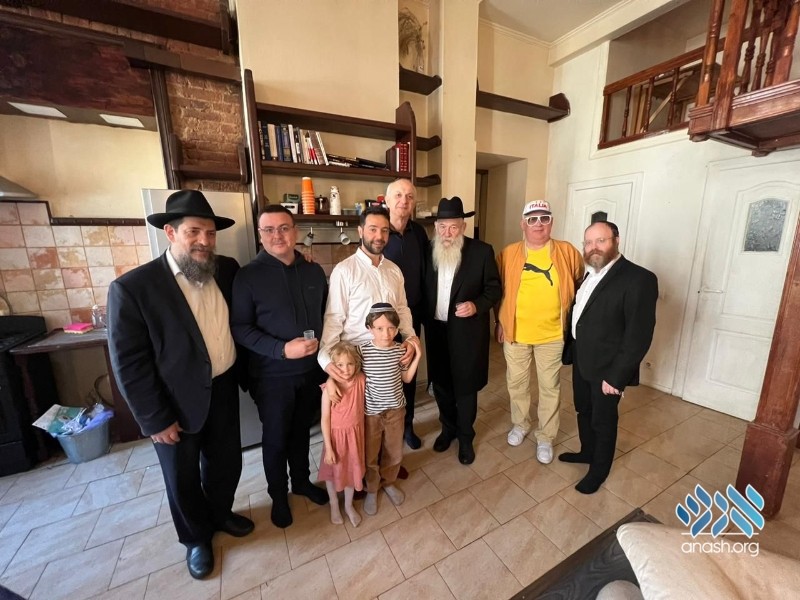
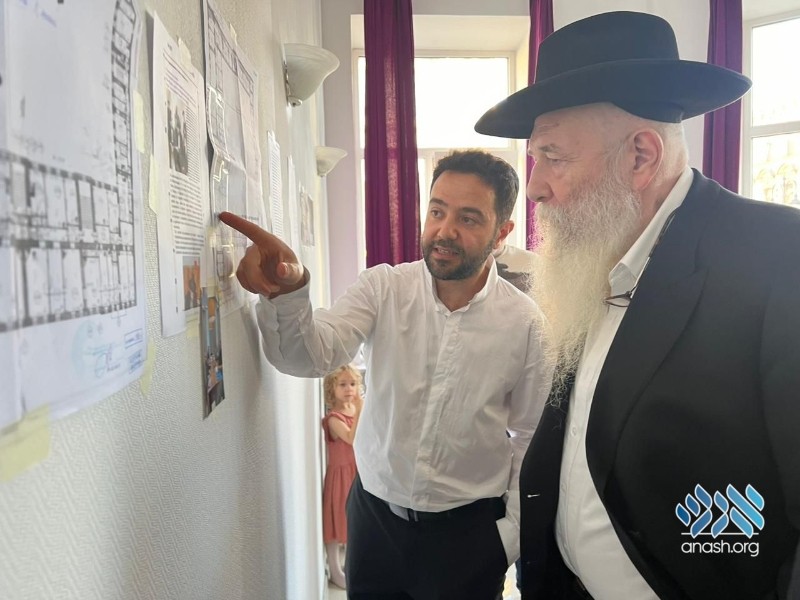
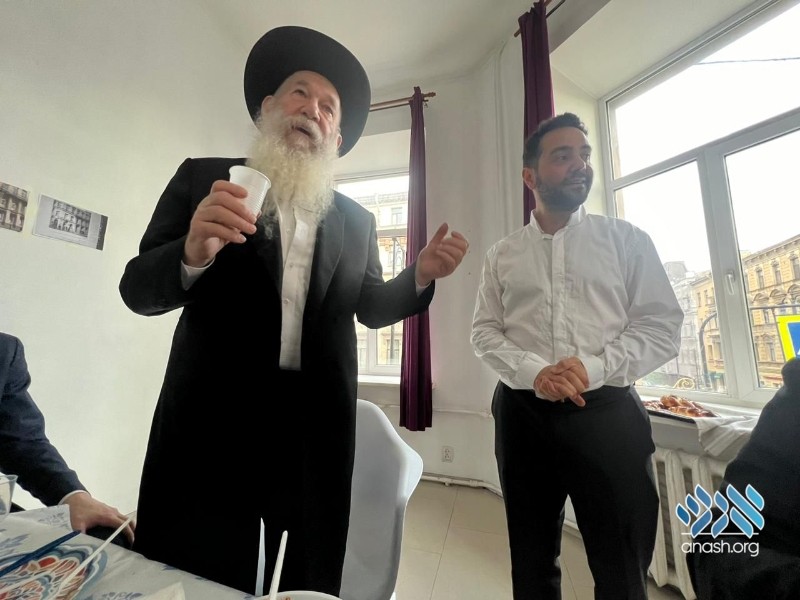
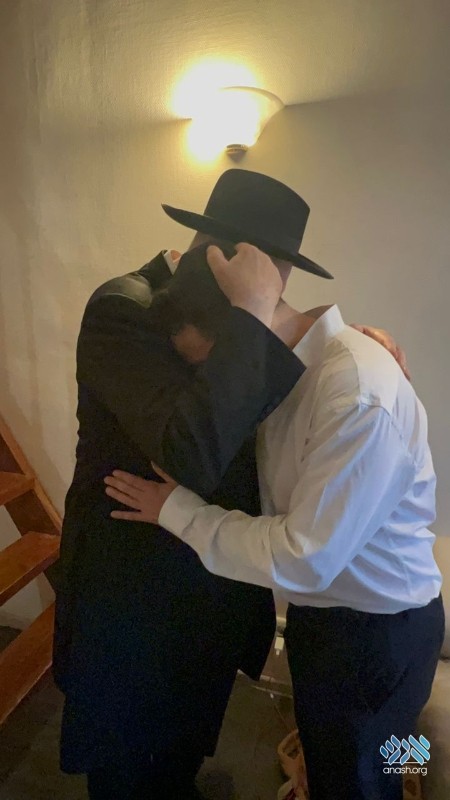
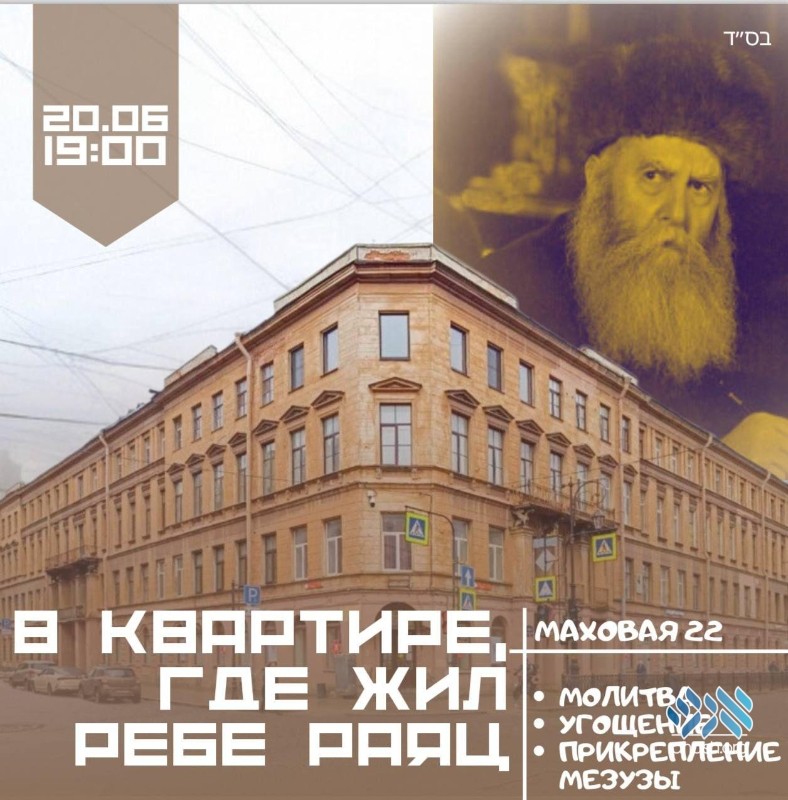
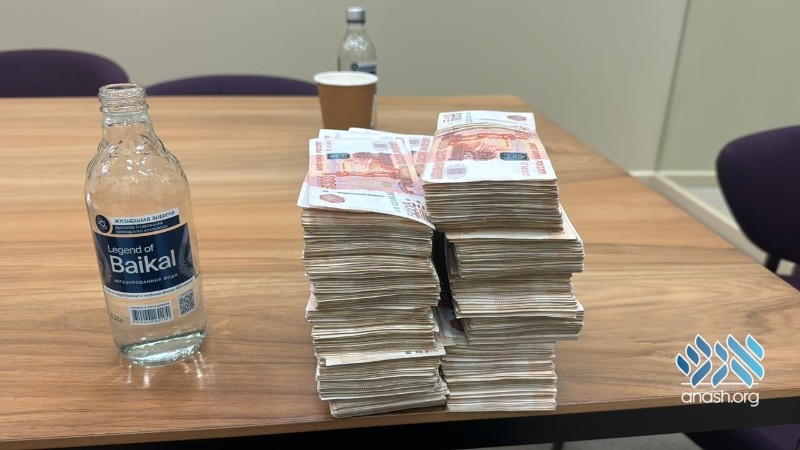
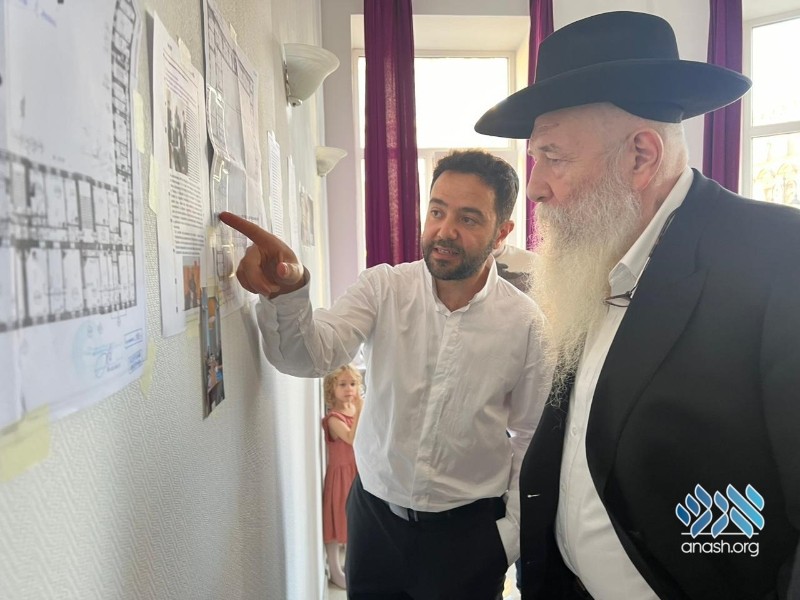
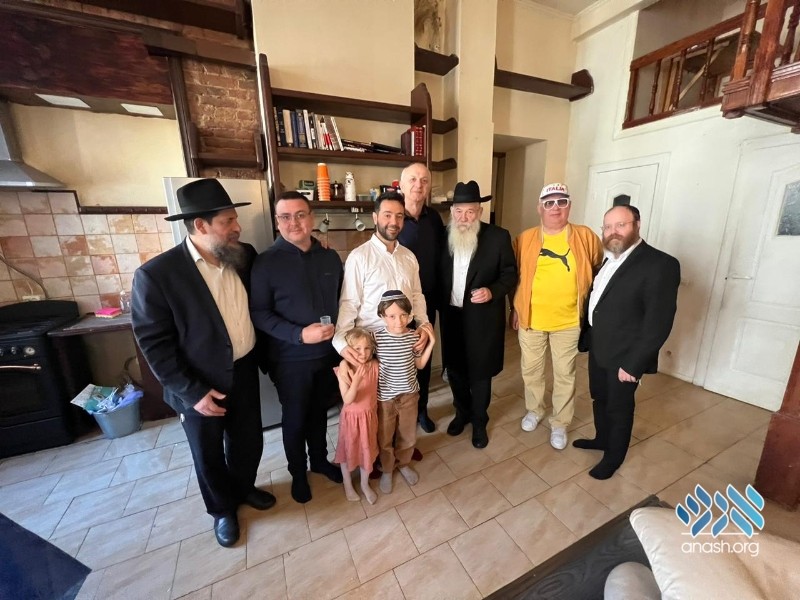
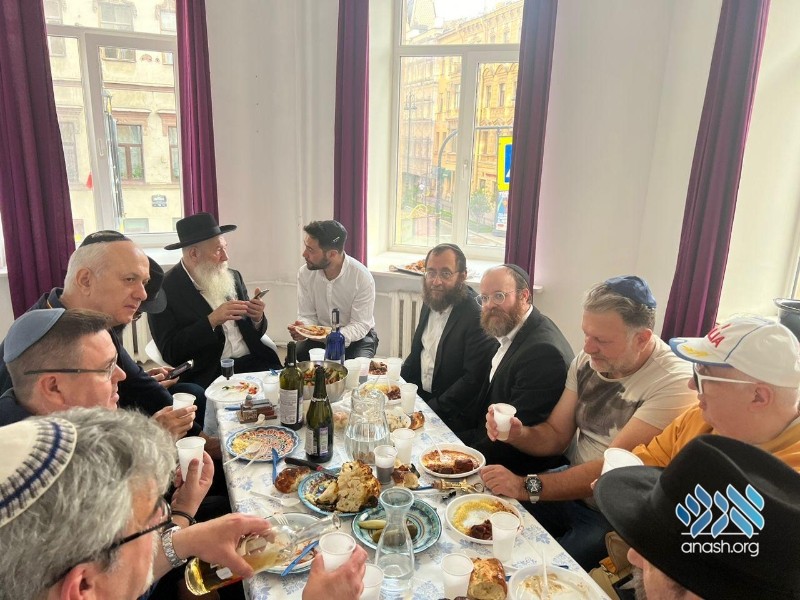
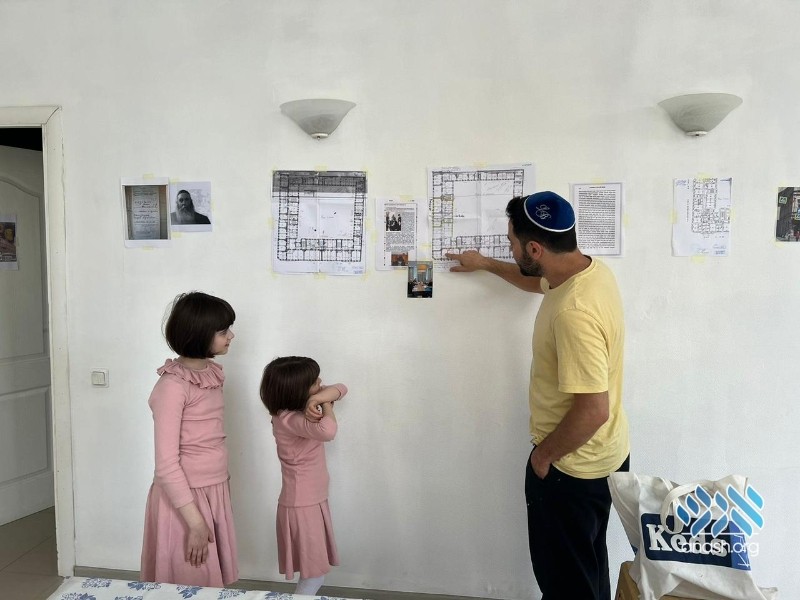

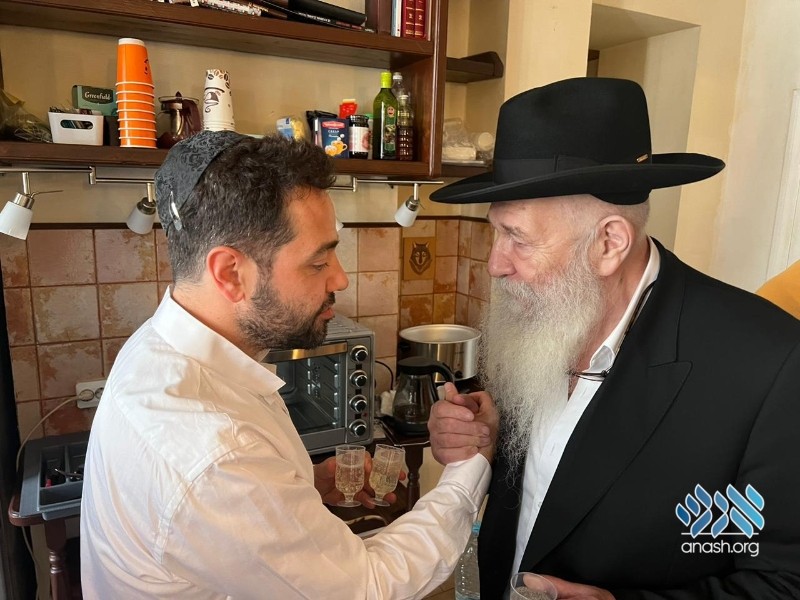
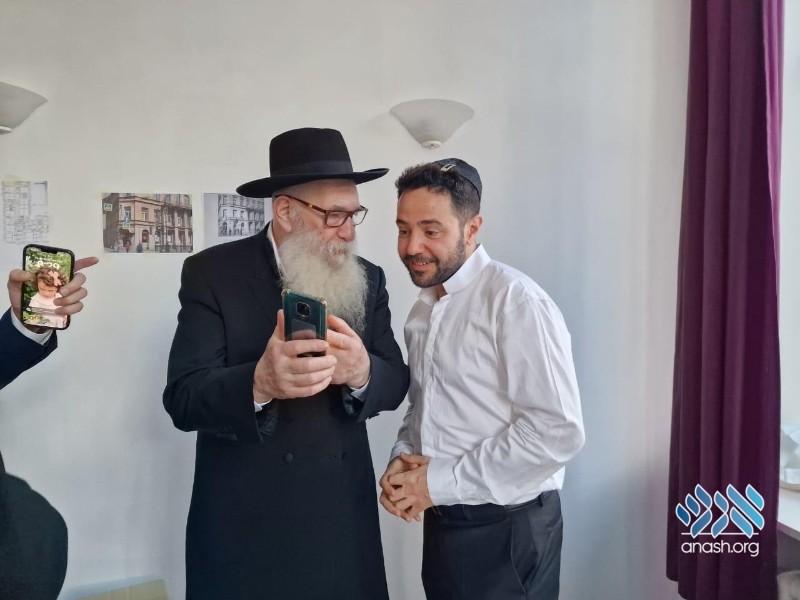


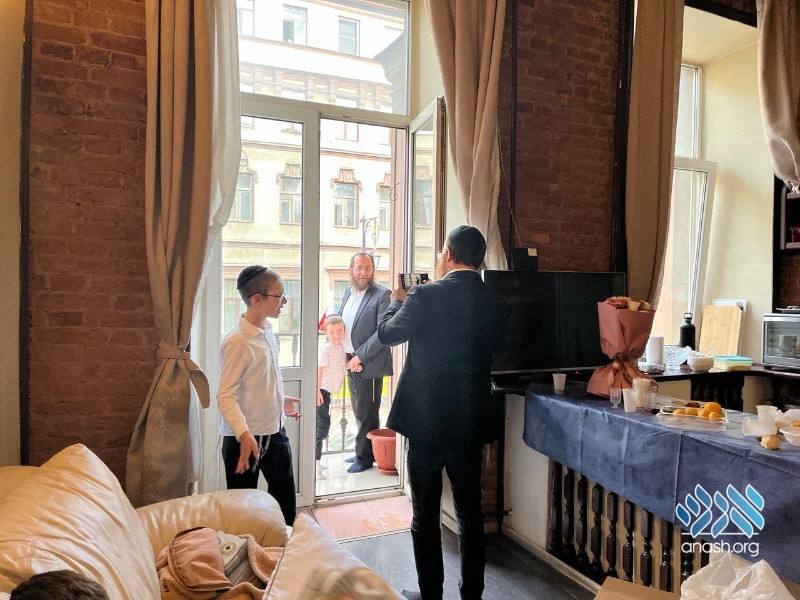
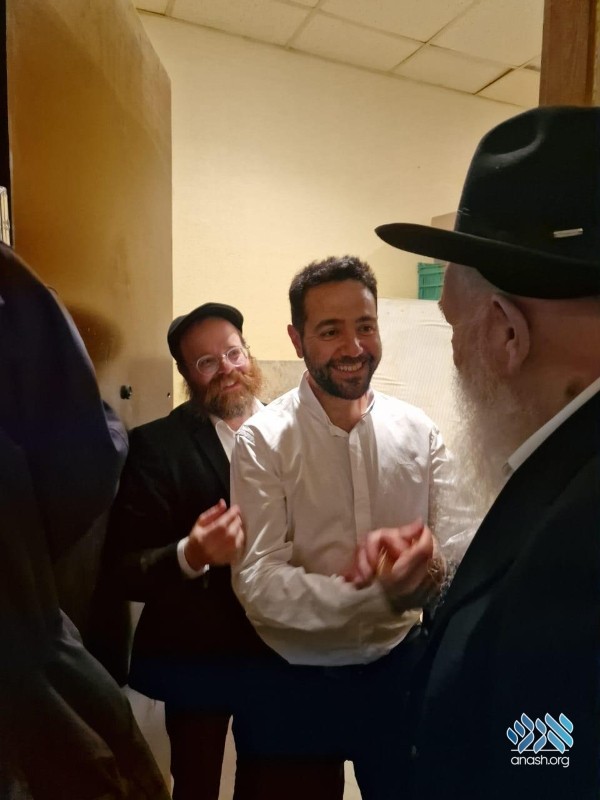
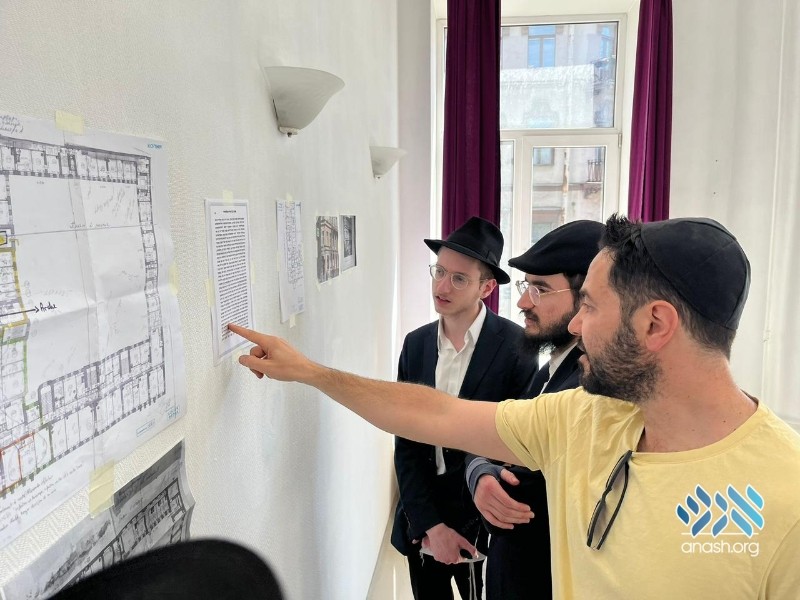
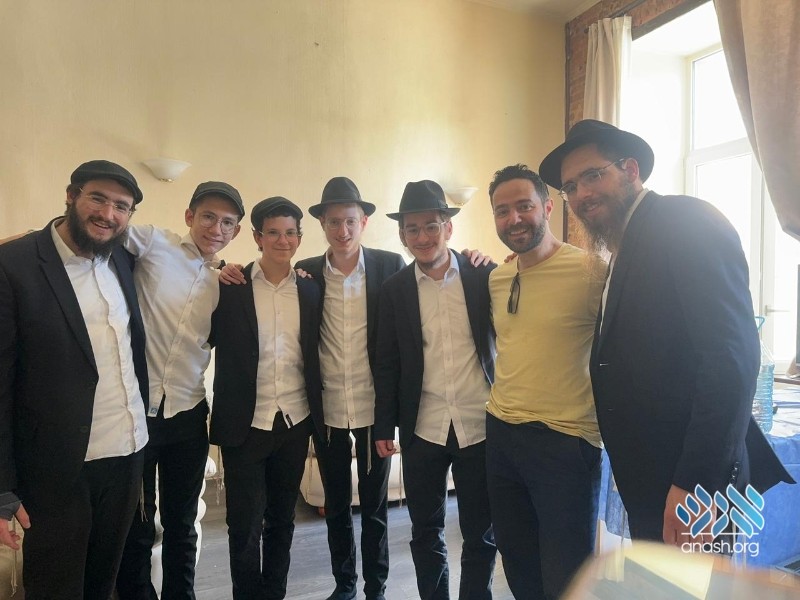
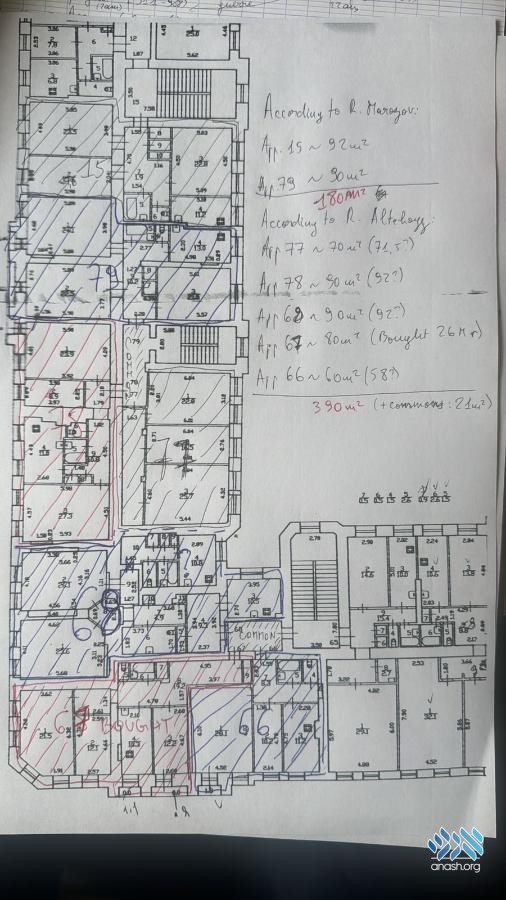
We appreciate your feedback. If you have any additional information to contribute to this article, it will be added below.